https://ift.tt/1FGWuNy
Most people have never heard of the scientists who developed some of the critical ideas and technologies that make-up the modern computing experience. We’ve all heard of Steve Jobs and Bill Gates but not many know Tim Berners-Lee. That’s a shame.
10. John Von Neumann
Von Neumann designed the architecture of the modern computer. Although he did incorporate the ideas of several colleagues, notably computer pioneers Presper Eckert and John Mauchly, Von Neumann is generally given credit for the invention because he documented the groups’ thoughts in a 101-page paper he wrote during a train ride from the east coast to Los Alamos, New Mexico in 1945. Von Neumann’s main innovation was to store both the program and the data together in memory. Computers built from Von Neumann’s design were faster and easier to program than previous models. Today’s computers – about 70 years later – still use this same architecture.
Designing the modern computer is almost a footnote in Von Neumann’s list of accomplishments. He published scores of landmark papers that profoundly influenced the future direction of mathematics, physics, and economics. He made significant contributions to the development of the atom bomb. He even had a sense of humor; he enjoyed playing practical jokes on Einstein when they were both professors at Princeton University. Von Neumann had an eidetic memory, able to recite verbatim from books he had read decades earlier. He also used it to entertain guests:
“A favorite party trick of his was to memorize a page of the telephone book. He would ask a visitor to the Neumann household to select a page of the book, which he would then read through a few times. He would then hand the book back to the visitor and ask them to quiz him on the page, say by giving him a name and asking for the phone number, or getting him to recite a sequence of names, addresses and numbers in order. He was rarely wrong.”
9. Vannevar Bush
Like Von Neumann, Bush’s list of achievements is superhuman. Early in his career he was a prolific inventor of various machines, including early analog computers. But Bush was more than a super-nerd engineer. He led the National Defense Research Committee, which played an important role in the development of many technologies used in WW II. During the war he was the head of the Office of Scientific Research and Development, which contributed to the improvement of rockets, radar, sonar, and many other technologies. He was instrumental in convincing the Roosevelt administration to approve and fund the Manhattan Project, which led to the development of the atomic bomb. After the war he played a major role in the creation of the National Science Foundation, and he was also one of the founders of Raytheon, the massive defense technology firm.
Today Bush is most often remembered as the author of the incredibly visionary article “As We May Think“, which was condensed and published in 1945 by The Atlantic. The article describes how a computer-like device – which he referred to as the memex – could store and allow users to instantly retrieve information. The really amazing thing about the paper is that he wrote it a couple years before the first general-purpose computer was even developed:
“Consider a future device for individual use, which is a sort of mechanized private file and library. It needs a name, and, to coin one at random, “memex” will do. A memex is a device in which an individual stores all his books, records, and communications, and which is mechanized so that it may be consulted with exceeding speed and flexibility. It is an enlarged intimate supplement to his memory.”
8. Jack Kilby
Early computers were big, very expensive machines that filled a large room. Kilby played a major role in shrinking the computer, and making it faster and cheaper.
Kilby invented the microprocessor in 1958. His basic idea was to make all the components of a computer’s main processing units out of silicon and stamp them on a single chip, thereby eliminating the expense of wiring individual components together. And because everything was on one chip, the size of the computer could be reduced and performance improved.
Kilby wasn’t the only one with this idea. Robert Noyce created his own microprocessor a few months later, and went on to found Intel. He didn’t win a Nobel Prize like Kilby but he did make a few billion dollars, so it all worked out just fine for him.
7. Douglas Engelbart
Engelbart was among the first to understand that a computer could be something much greater than a super-powerful number cruncher. While working at the Stanford Research Institute he conducted experiments designed to improve the human-machine interface, ultimately inventing several landmark concepts such as the bitmapped display and rudimentary graphical user interface.
Engelbart will be remembered primarily as the inventor of the mouse. Others had developed similar concepts but Engelbart’s prototype, which consisted of a wooden shell which housed two metal wheels, is the one that took off. Engelbart’s team called it a “mouse” because the cord connecting the device to the computer resembled a mouse’s tail.
In 1968 Engelbart conducted the landmark “Mother of All Demos” (see above), a splashy for its time demo of his team’s ideas.
6. Alan Kay
Alan Kay was one of the pioneers in the development of the modern graphical user interface. Engelbart’s interface, although remarkable for its time, was primitive, performed through keyboard sequences and clicking text on the screen. XEROX, rolling in dough back in the late 60’s and 70’s due to the success of its copier machines, decided to fund a research center not far from Stanford University, a hotbed of computer technology. Kay and many other advanced computer geeks were hired, which led to the development of the legendary XEROX Alto personal computer, the first with a modern interface with many of the features we now take for granted, such as windows, menus, radio buttons, and check boxes.
Although XEROX had the technology, it took Steve Jobs to realize what it meant. XEROX invited Jobs and his team, who at the time were working on their own personal computer, the LISA, to come see their work. Jobs took one look at the Alto and saw the future that he would help popularize:
“What is going on here? You’re sitting on a gold mine! Why aren’t you doing something with this technology? You could change the world!”
The development of the modern interface wasn’t Kay’s biggest accomplishment. He also played a primary role in the development of object-oriented programming, the paradigm on which all modern programming languages is based.
5. C.R. Licklider
Licklider was one of the first to see how a network of computers could impact the world. In the early ’60s Licklider was hired to head the Department of Defense Advanced Research Projects. During this time he wrote two important papers that greatly influenced the future of computer science.
In his paper “Man-Computer Symbiosis” Licklider outlined his ideas for using the computer to “augment” the human brain, and help workers collaborate more productively:
“The hope is that, in not too many years, human brains and computing machines will be coupled together very tightly and that resulting partnership will think as no human brain has ever thought and process data in a way not approached by the information-handling machines we know today.”
In 1968 he published “The Computer as a Communication Device“, which described the mechanics of and benefits to be derived from connecting computers together into a network. Licklider wrote:
“Life will be happier for the on-line individual because the people with whom one interacts most strongly will be selected by commonality of interests and goals than by accidents of proximity.”
Inspired by his vision and under his leadership, a team at the Defense Department developed his ideas into a fully functional network, ARPANET, a major step towards the modern internet.
4. Vint Cerf
Although APRANET is often referred to as the first internet, it only connected computers on one network. The development of the “real” internet had to wait until Vinton Cerf and his partner Bob Kahn developed TCP/IP.
Both Cert and Kahn were involved in the ARPANET project. ARPANET used a technology called “packet-switching”, invented by Paul Baran in the early ’60s. Patch-switching refers to the incredibly complicated, impossible for the ordinary mortal to understand technology used to transfer data from one computer to another through a maze of routers, gateways, and cables.
A primary feature of the technology is complete decentralization; the network continues to work even if some of the routers or other devices fail. Baran’s primary motivation was to prevent a possible nuclear exchange with the Soviet Union, since a decentralized communications network – unlike the centralized telephone network of the time – would be a less desirable target. Building on this idea of a decentralized network, Cerf and Kahn created TCP/IP, which was universally adopted and is still used by practically every computer connected to the internet.
3. Ken Thompson
APRANET and TCP/IP laid the ground work for computers all over the world to talk to each other. Unfortunately, the early networks connected mostly mainframe computers, large, expensive machines that only big businesses, government organizations, and some universities could afford. Very few people had access to this network.
That’s where Ken Thompson, along with Dennis Richie and their employer, Bell Labs, came to the rescue. Thompson and Rickie had worked on an attempt to develop a new operating system, MULTICS, which they felt was too complicated and unreliable. Based on that experience, they decided to develop their own, which they called UNIX. UNIX was portable, fast, and most importantly, could run on inexpensive hardware platforms.
Bell Labs had a working relationship with many academic communities, including the University of California Berkeley. Berkeley student-nerds developed their own free version of UNIX. In part because of the low cost and ease of access provided by UNIX, the number of servers connected to the internet grew at an astronomical rate, which eventually led to an ever increasing number of web-sites available to the public.
2. Tim Berners-Lee
Tim Berners-Lee almost single-handily invented the technologies that would become known as the World Wide Web. From HTML, the HTTP protocol, the web server, and the web browser, Berners-Lee had a hand in them all. Then his employer gave it all way for free.
In the late ’80s Berners-Lee worked at CERN, the European research organization that operates the world’s largest particle physics lab. CERN had many complex projects going on, and Berners-Lee had the idea, based on Bush’s original thoughts, of using “hypertext” to help organize all the information pertinent to the projects. His proposed hypertext system would serve to “link” the information together, making it easier to find relevant information.
From this start Berners-Lee went on to basically create what became known as “the web” almost on his own. He programmed the first web browser and the first web server, invented HTML, and defined the HTTP protocol which defined how the browser communicated with the web server via TCP/IP.
1. Marc Andreessen
Berners-Lee’s first web browser, named the WorldWideWeb, was not terribly snazzy. However, many others quickly understood that a more sophisticated web browser could really make the web take off. And so began the browser wars. The first was between Microsoft’s Internet Explorer and Mosaic, developed by Marc Andreessen and Eric Bina, then employees at the University of Illinois. The Mosaic browser, later rebranded Netscape, with its ability to smoothly and quickly display images, graphics and video, played a major role in popularizing the web. Robert Metcalfe wrote:
“Marc Andreessen and Eric Bina developed NCSA Mosaic at the University of Illinois. Several million then suddenly noticed that the Web might be better than sex.”
Although Bina actually wrote much of the code, Andreessen was the driving force. He was the visionary who saw the impending impact of the web and communicated it to the world. Andreessen was the first of the Internet wunderkinds, the first internet megastar who went on to become both rich and famous. Many others would follow in his footsteps, including Google’s Larry Page and Facebook’s Mark Zuckerberg.
Want to read more about amazing technological innovation?
TECH
TRENDS,AMAZING
via Toptenz.net http://www.toptenz.net
May 13, 2018 at 07:33PM
.png)
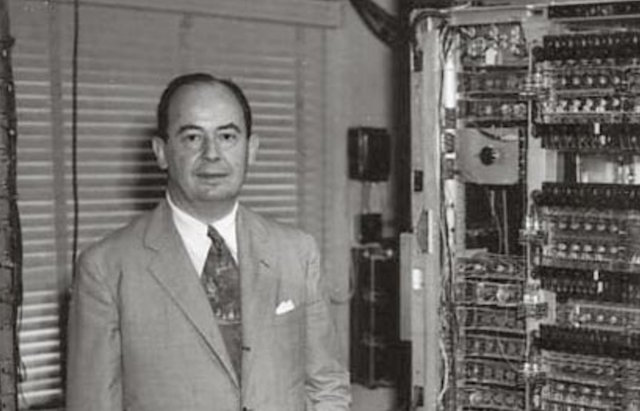
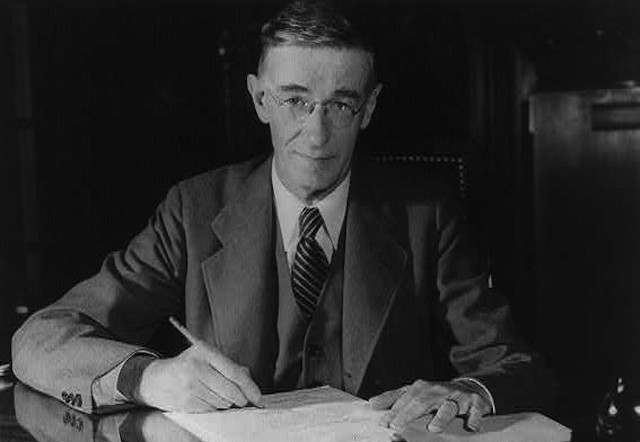
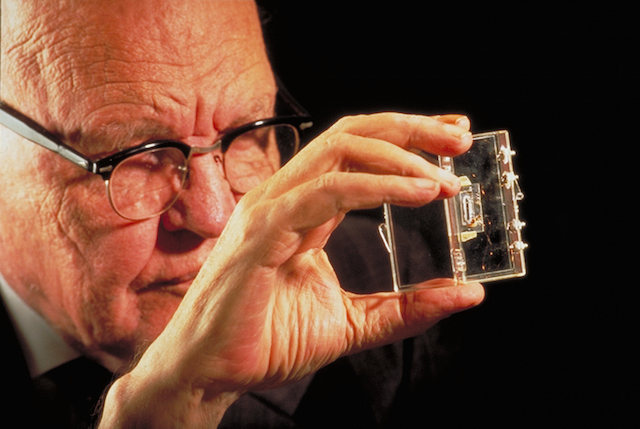
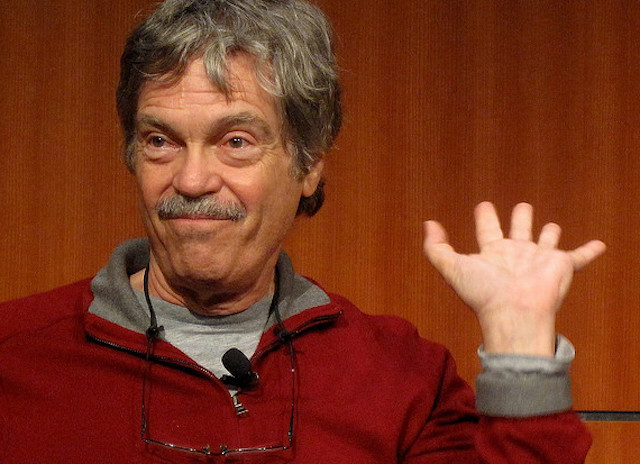
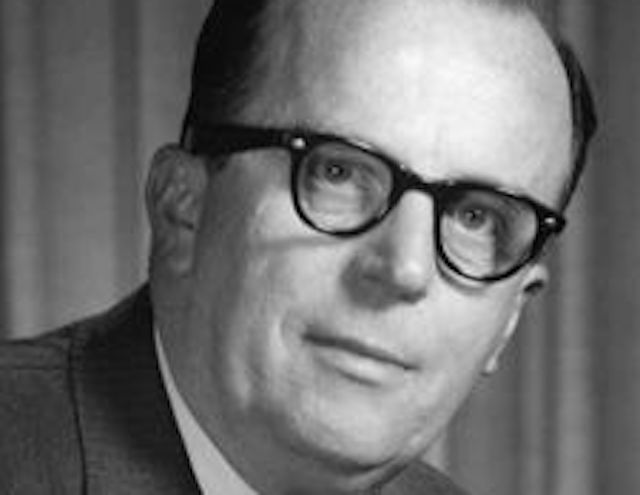
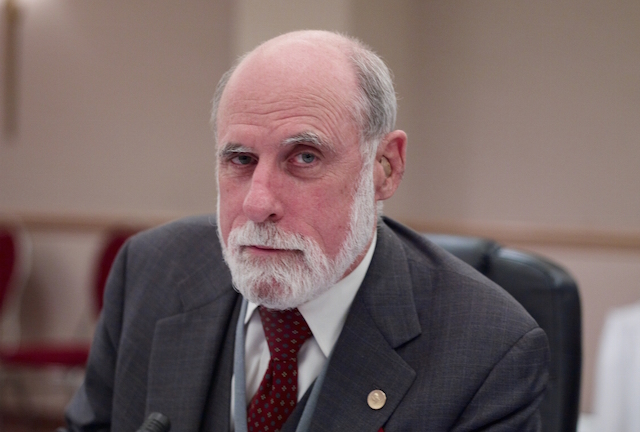



No comments:
Post a Comment